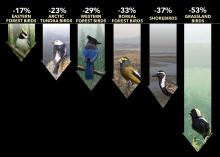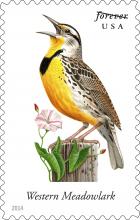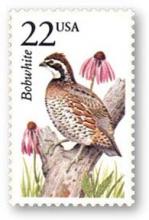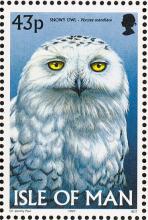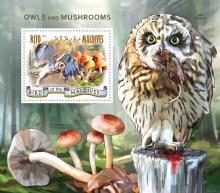Not all smiles on annual bird count in Starved Rock State Park
Steve Gillam, Starved Rock volunteer Tom Williams and Starved Rock State Park natural resource coordinator Lisa Sons exchanged jokes and friendly chitchat as they trudged over a muddy path along a field edge, wetland and woods at Matthiessen State Park. They were not seeing many birds, despite sunny, breezy conditions and diverse habitat, during their after-lunch hike over their territory in the Starved Rock Audubon Society Christmas bird count. And they said they had not seen many birds in the morning among the oak trees and canyons in the Matthiessen Dells area.


